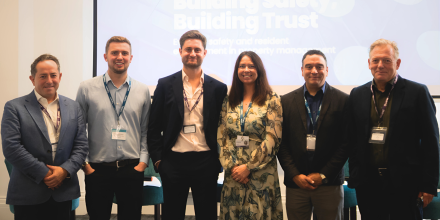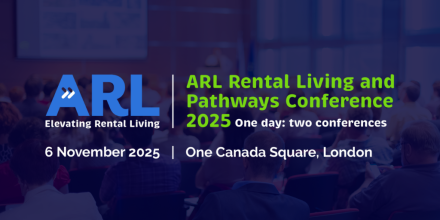Roundtable Recap: Balancing Design, Operations, and Investment for BTR Success
On 21 November 2024, Centrick hosted a dynamic roundtable discussion with leading voices in the Build to Rent (BTR) sector, exploring how to optimise design, streamline operations, and maximise investment value. Moderated by Alex Matthews, Head of Build to Rent at Harris Associates, the session brought together experts from design, development, and property management to discuss the delicate balancing act required for BTR success.
With rising costs, evolving tenant demands, and increased regulatory scrutiny, the sector faces unique challenges. However, one message was clear: early collaboration between designers and operators is the cornerstone of creating efficient, sustainable, and resident-focused communities.
Key Takeaways
1. Early Collaboration is Critical
The discussion highlighted the importance of involving designers and operational managers from the earliest stages of planning. Richard Daw, Associate Director at Chapman Taylor, stressed that the foundations of a successful BTR project are laid well before planning consent:
“An efficient building is one that starts with efficient design. Early involvement of experienced designers and consultants is critical to navigating complex planning and compliance requirements.”
Centrick’s Jane Morcom reinforced this, explaining how operational input ensures designs are practical and futureproof:
“Engaging operators like Centrick early on allows for better design decisions that simplify management and enhance long-term viability.”
By aligning design with operational needs, developers can create buildings that are not only compliant with regulations like the Building Safety Act but also efficient to manage and appealing to residents.

2. Purposeful Amenity Spaces Drive Resident Satisfaction
In the evolving BTR market, the emphasis has shifted from “more” to “better” when it comes to amenity spaces. Laura Clarke, Business Development Director at Loft, noted a growing demand for flexible, functional spaces such as coworking areas, while traditional amenities like private dining and cinema rooms are falling out of favour.
Chris Keogh from Colmore Capital added:
“Residents want spaces that are well-designed and genuinely useful. Creating amenities that meet real needs, rather than ticking boxes, helps retain residents and reduces churn.”
Centrick’s research with residents further supports this, showing that customer-driven design – whether it’s better storage solutions or thoughtful layouts – adds tangible value.
3. Data-Driven Design
Balancing operational efficiency with regulatory requirements remains a challenge. Michael Swiszczowski, UK Board Director at Chapman Taylor, explained how gross-to-net ratios are shifting in the wake of rising costs and stricter safety standards. However, he emphasised the need for a data-driven approach for long-term sustainability and liveability:
“Efficiency inherently supports sustainability, which is crucial for both investors and residents. The key is designing with the end user in mind.”
4. Operational Excellence is the Differentiator
While design and amenity spaces set the stage, the on-site experience determines success. Matt Brace from Centrick highlighted the critical role of highly-trained staff in resident engagement and building trust:
“Residents value knowledgeable and approachable on-site teams as much as high-quality amenities. The human element is often the differentiator.”
Centrick’s Academy ensures staff are equipped with the skills needed to deliver exceptional customer service while maintaining compliance with building safety regulations, enhancing the overall resident experience.
The Bottom Line: Early collaboration delivers better BTR outcomes
The BTR sector’s future lies in its ability to balance efficiency, safety, and liveability. As this roundtable underscored, early collaboration between designers, operators, and investors is essential to achieving this balance. By aligning priorities from the outset, the industry can create communities that are not only safe and sustainable but also desirable places to live.
Talk to Centrick
If you have any questions or would like to discuss how building safety impacts your BTR projects, our team of experts is here to help. Get in touch with Centrick’s BTR specialists to find out how we can support you in navigating these evolving challenges.









